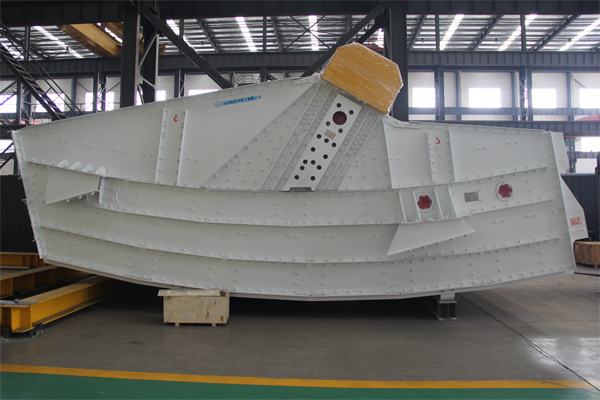What parts does a linear vibrating screen consist of?
A linear vibrating screen is a mechanical device that utilizes vibrating motors to impart motion to the screen deck. This motion is used to separate materials based on size.
Linear vibrating screen components

Screen Frame: The screen frame is the structural backbone of the vibrating screen. It supports the screen mesh and other components. It may be made of steel or other materials to provide the necessary strength and rigidity.
Screen Mesh: The screen mesh is the material that covers the screen frame and separates the particles based on size. It can be made of various materials, such as woven wire cloth, perforated metal, or synthetic materials. The choice of mesh type and size depends on the application and the size of the particles being separated.
Vibrating Motors: These are the driving force behind the linear motion of the screen. Vibrating motors are usually mounted on the sides of the screen frame and generate the vibrations needed for material separation. The number and placement of vibrating motors can vary depending on the size and design of the vibrating screen.

Support Springs: Support springs are used to absorb the dynamic forces generated by the vibrating motors. They help to isolate the vibrating screen from the surrounding structure and minimize vibrations transmitted to the supporting structure.
Drive Unit: The drive unit includes the motor and associated components responsible for generating the linear motion. It converts the rotary motion of the motor into the linear motion required for the vibrating screen.
Deck Slope Adjustment Mechanism (optional): Some vibrating screens allow for the adjustment of the deck slope. This feature can be useful to optimize the screening process for specific applications or materials.
Screen Angle Adjustment (optional): In some designs, the angle of the screen deck can be adjusted to optimize the screening efficiency and adapt to different materials.
Feed Inlet and Discharge Outlet: These are the points through which the material enters and exits the vibrating screen. The design of these openings can affect the efficiency and capacity of the screening process.
It’s important to note that the specific design and components of a linear vibrating screen can vary between manufacturers and models. The mentioned components provide a general overview of the key elements commonly found in such screens.
More information about linear vibrating screens:
What are the features of linear vibrating screen?
Introduction to Linear Vibrating Screen: Composition, Operating Principle, Application, Advantages
What are the functions of linear vibrating screen?


